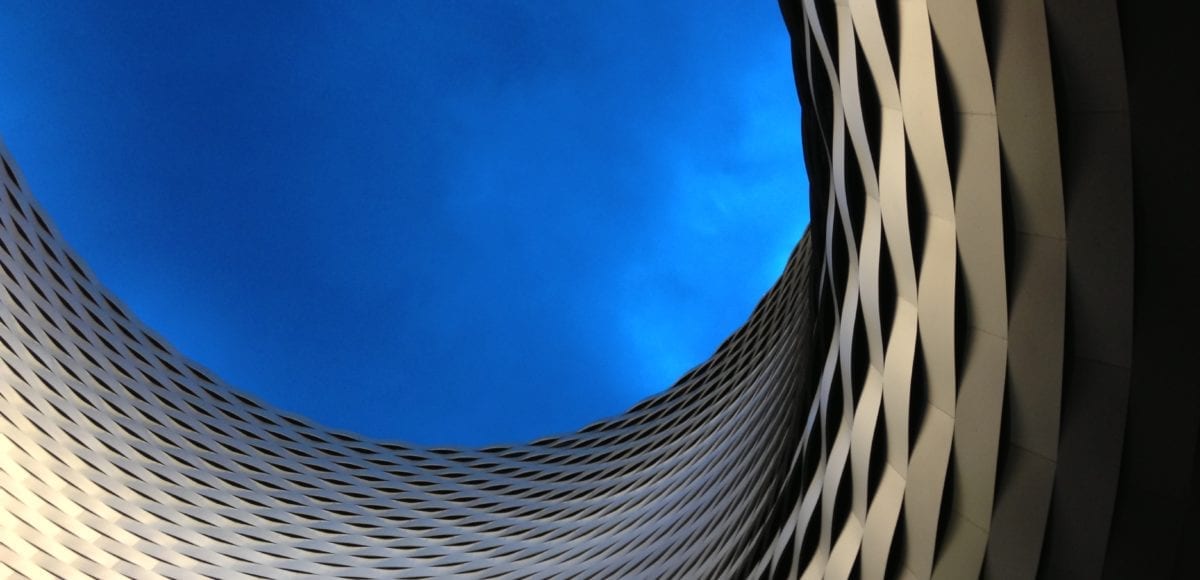The Beginning of Basel and Its Watchmaking Legacy
Basel, Switzerland is home to one of the world’s most famous watch exhibitions. Today, we know the annual tradeshow as Baselworld. We’re gearing up for the organization’s 102nd event later this month. As we do, we wanted to take a deeper look at the city of Basel itself. In addition to hosting one of the most prestigious fairs in the industry, Basel has a rich history of watchmaking.
Two important watchmaking cities bookmark the 120-mile area in Switzerland known as “Watch Valley:” Geneva in the south and Basel in the north. The watchmaking heritage in this region dates back to the 1500s. Similar to Geneva in the sixteenth and seventeenth centuries, religious flux was a primary reason artisans flocked to Basel. Just as French Protestants came to Switzerland to flee persecution, so did Jewish populations. With Basel on the French border, a number of Jewish watchmakers and watch dealers formed a community.
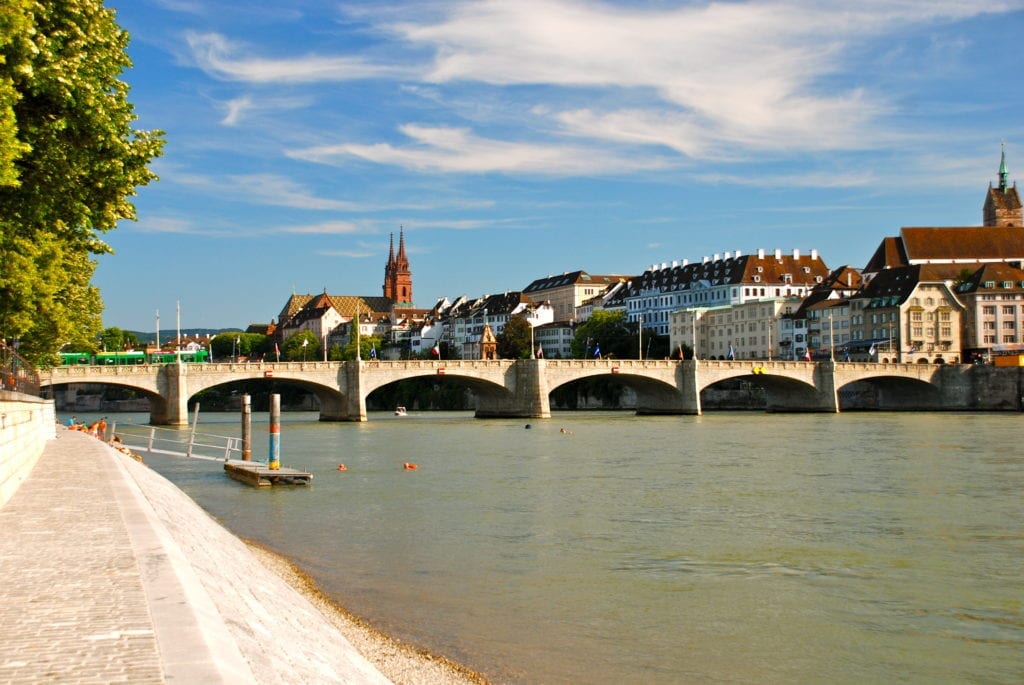
PHOTO CREDIT WIKIMEDIA COMMONS
Like those in other areas of the Watch Valley, Basel-based watchmakers sought to stay competitive in the market. They focused on moving toward mechanization and commercialization. In addition to bringing their skills to Switzerland, those who immigrated also had another advantage. They sustained meaningful connections in their countries of origin. As industrialization grew throughout Europe in the 1700s, these international relations helped to bolster watch trade. Although mechanization ultimately helped grow the Swiss watchmaking industry, it also presented new challenges.
Baselworld’s Successful Predecessor
The 1800s marked another period of transition for the watchmaking industry. The international relations within the community began to span beyond European cities and into America. Many watchmakers started to export watches from the Basel region to the United States, drawing away from the local economy. However, as mass-production increased, watch manufacturers were able to keep up with the increasing demands across the board. Still, they needed a platform to continue to strengthen the Swiss presence in the industry and command international attention. That’s precisely how the Basel fair was born.
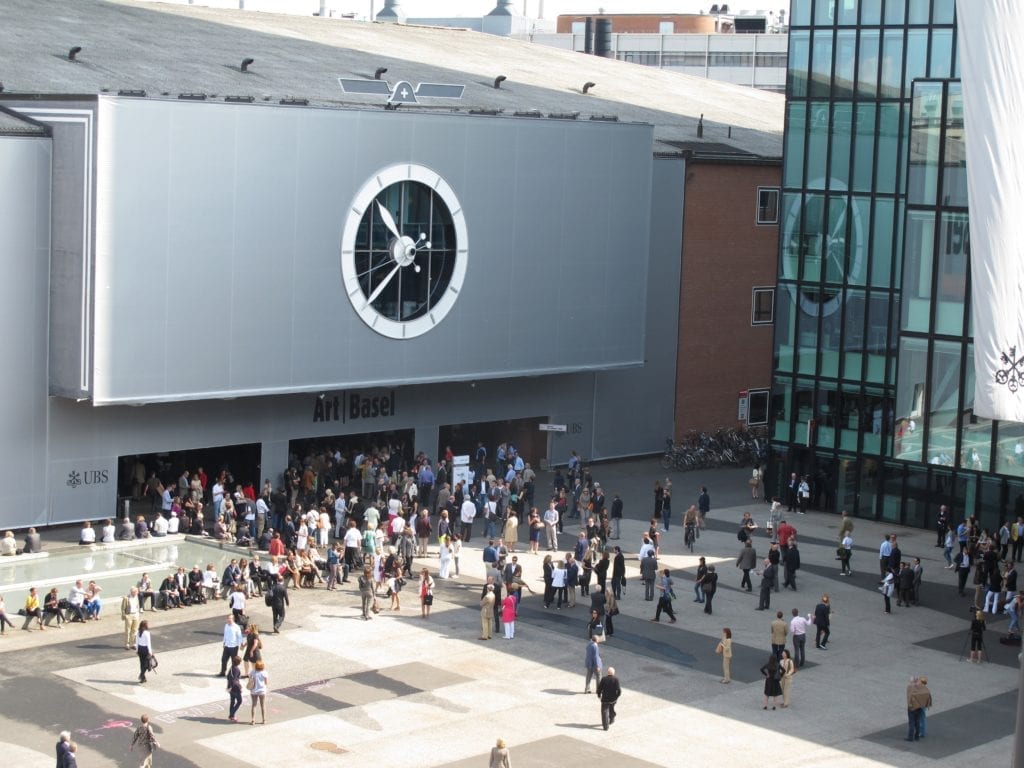
PHOTO CREDIT WIKIMEDIA COMMONS
The first ever Basel fair was the Schweizer Mustermesse Basel (MUBA), held at a casino in Basel. It established in 1917 as a trade show for both jewelry and watches. Only 29 exhibitors displayed their wares at the first event, among them names like Tissot and Longines. The inaugural fair was a huge success at the time. It particularly helped to galvanize sales of wristwatches for men, which were just rising in popularity following WWI.
Transforming into a Showcase of Watch Innovation
Each subsequent year, the annual event continued to attract more members of the watch industry to Basel. For example, Zenith joined in 1923. In less than a decade, the first halls dedicated to the exhibition opened in the space Hall 1 stands today. At that same year’s event in 1926, the first automatic movement was unveiled. This marked the first time the Basel fair acted as a launch platform for an innovation in the industry.
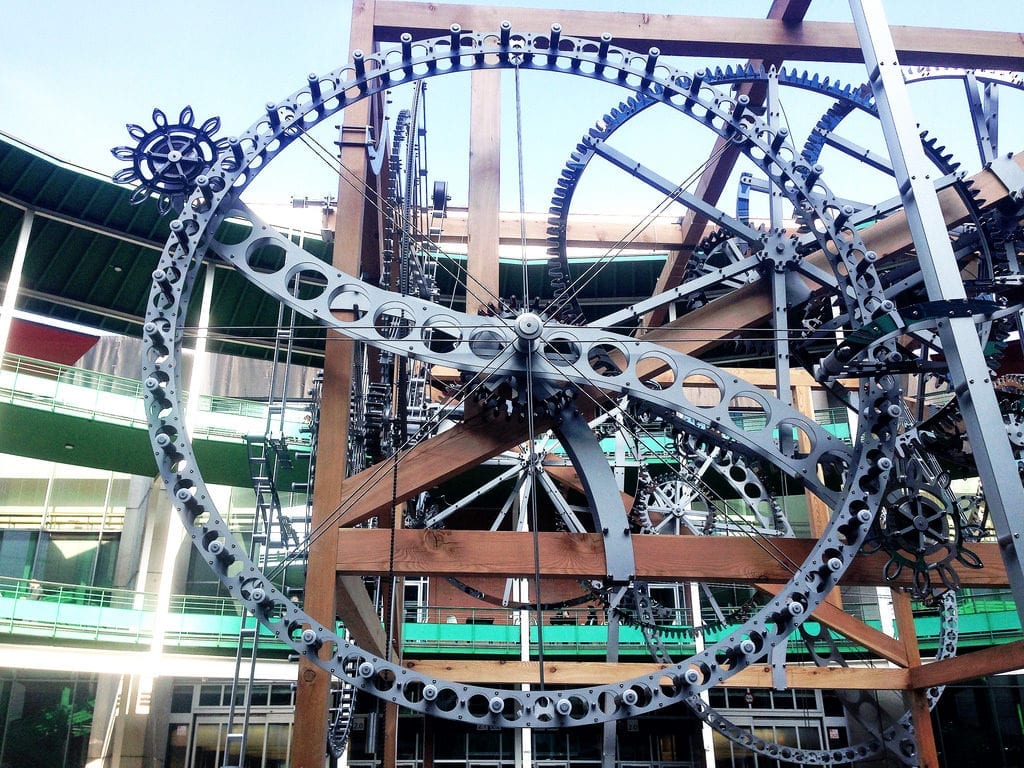
PHOTO CREDIT FLICKR
By 1931, the exhibition had earned a more formal designation as the Swiss Watch Fair. That year’s event was also particularly crucial because of flux in the industry between the two world wars. It paid off. The following year, Patek Philippe participated for the first time. Heuer joined the event in 1934, and Rolex exhibited for the first time a few years later in 1939.
The Importance of Baselworld Today
Several decades later in 1972, Basel expanded its international relations by opening the fair to other European brands. This was also the same year the iconic Audemars Piguet Royal Oak debuted at the exhibition. Still, it wasn’t until 1986 that the event would open its doors to watchmakers outside of Europe. Then, they became truly international.
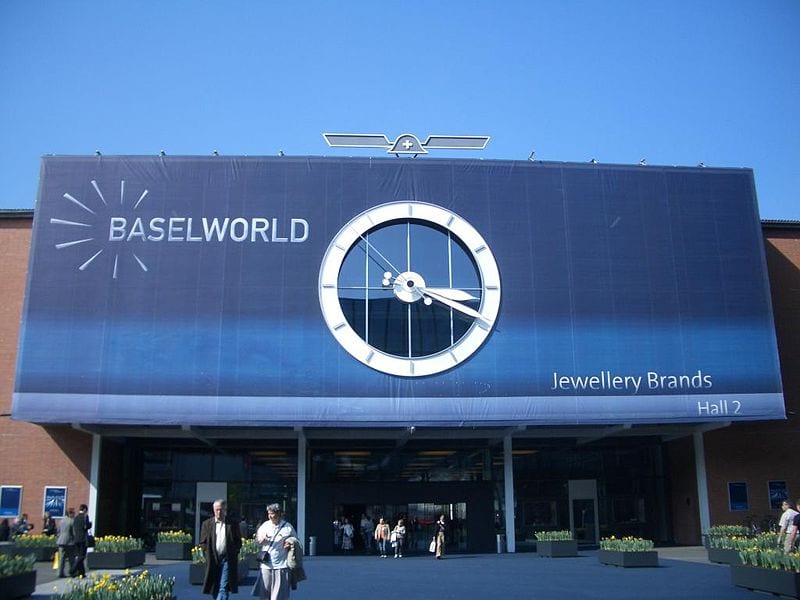
PHOTO CREDIT WIKIMEDIA COMMONS
Despite the burgeoning success of the fair, the watchmaking industry within Basel was suffering in the 1970s and 80s. Like much of the industry, the Quartz Crisis affected many of the watchmakers in Basel. However, the 1990s were a bit of a renaissance for mechanical watchmaking. By 2003, Baselworld as we know it today was born. For over 100 years, the fair has been crucial to preserving the watch industry in Basel and Switzerland as a whole.
Get More Articles Like This in Your Inbox
We're constantly creating great content like this. So, why not get it delivered directly to your inbox? By subscribing you agree to our Privacy Policy but you can unsubscribe at any time.





